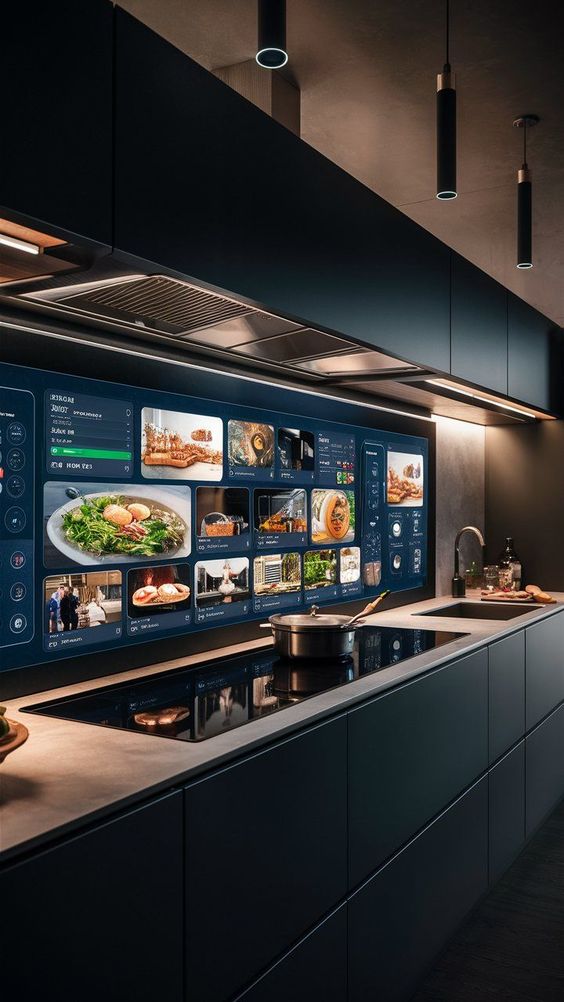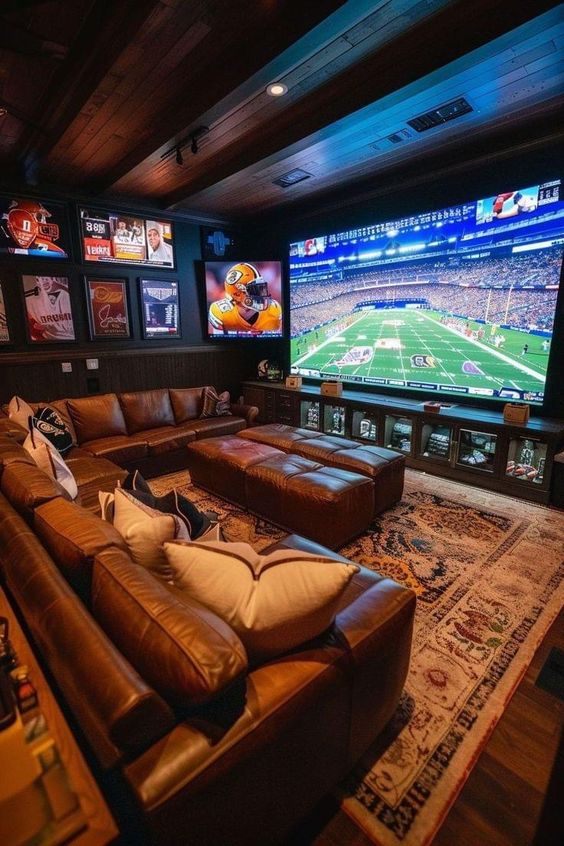aIn today’s fast-paced world, incorporating smart home features into your house plan is no longer a luxury, it’s quickly becoming a necessity. These technologies not only enhance convenience but also provide energy efficiency and added security. As you dive into planning the layout and design of your home, keeping smart features in mind can create a more comfortable living environment.

Understanding Smart Home Technology
Smart home technology refers to devices that connect to the internet, allowing you to control various aspects of your home remotely. This includes everything from lighting and heating to security systems and appliances. A fundamental understanding of what smart home technology can do will help in effectively designing your space.
Advantages of Smart Home Features
Implementing smart technology in your home carries various advantages, such as:
- Increased energy efficiency
- Enhanced security and surveillance
- Improved convenience and comfort
- Remote access and control
- Customization options for a better living experience
Integrating Smart Features During the Design Phase
When planning your house, think ahead about how you want to integrate these smart features. It often starts with the layout. For instance, consider positioning your living room near windows for natural light and smart lighting setups.
Choosing the Right Smart Devices
Selecting the right smart devices will depend on your lifestyle and the layout of your home. Some popular options include:
- Smart thermostats for optimized heating and cooling
- Smart locks for increased security
- Smart speakers for home automation control
- Smart cameras for surveillance
- Smart appliances like refrigerators and ovens
Wiring and Connectivity
One of the most critical steps in incorporating smart home features is ensuring that your home is wired for connectivity. This means considering internet service and data cables seriously from the start. You’ll want to establish strong Wi-Fi coverage throughout your home.
Consider Structured Wiring
Structured wiring allows for efficient communication between smart devices and provides a robust network throughout your home. It’s worth consulting with a professional during this phase to ensure the wiring supports future upgrades and additional devices.
Creating a Central Control Hub
Bringing all your smart home devices together is essential for seamless operation. A centralized control hub can make it easier to manage everything from one platform.
Popular Control Hub Options
This can include various smart home protocols such as:
- Amazon Alexa
- Google Home
- Apple HomeKit
- Samsung SmartThings
Future-Proofing Your Smart Home
With technology constantly evolving, it’s essential to future-proof your home design. By planning for upgrades and incorporating adaptable technology, you can ensure your home remains modern and functional for years to come.
Scalability of Smart Features
Consider starting with basic features and scaling up as needed. This approach allows you to adapt without making significant overhauls to your house structure as new smart home technologies emerge.

Conclusion
Incorporating smart home features into your house plan is an investment in comfort, efficiency, and security. As you embark on this journey, prioritize planning and flexibility, keeping your lifestyle and preferences in mind. The key is to start with a solid foundation of smart devices and infrastructure, allowing you to enjoy the many benefits of a modernized living space. Don’t forget to stay updated with emerging technologies that can further enrich your home life. Embrace the future, and let your home work simpler, making it an oasis of convenience.


